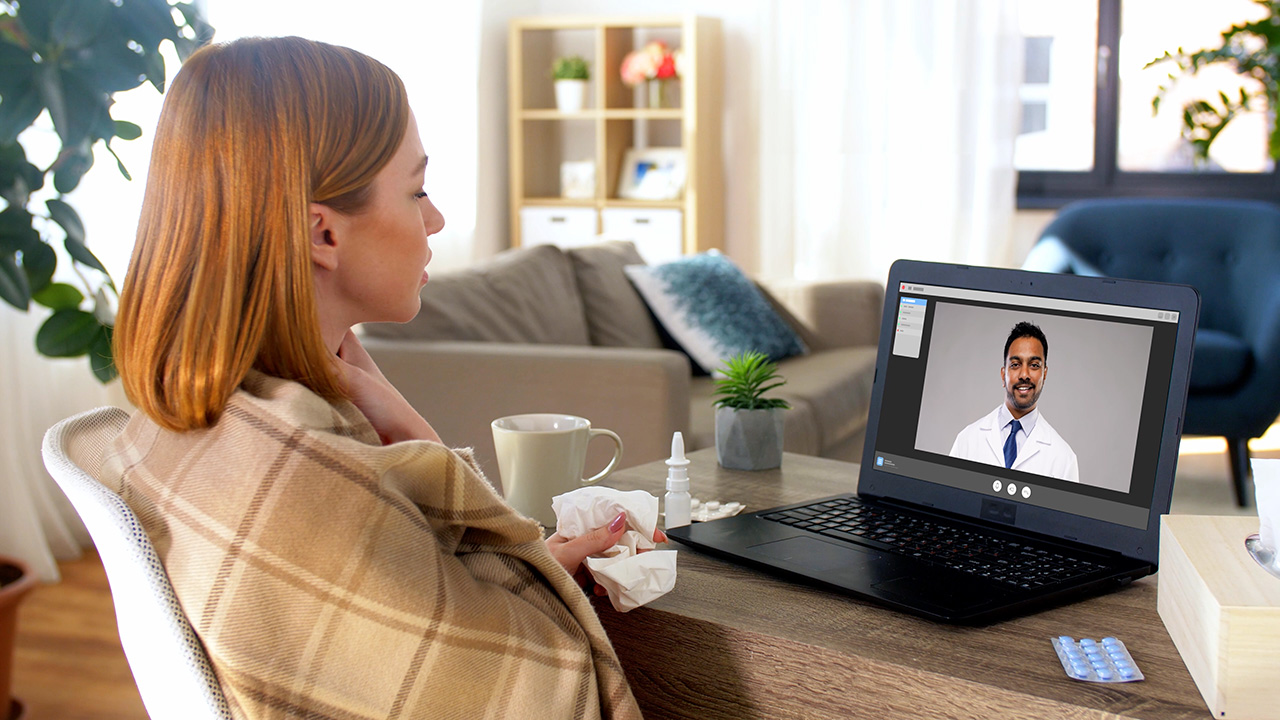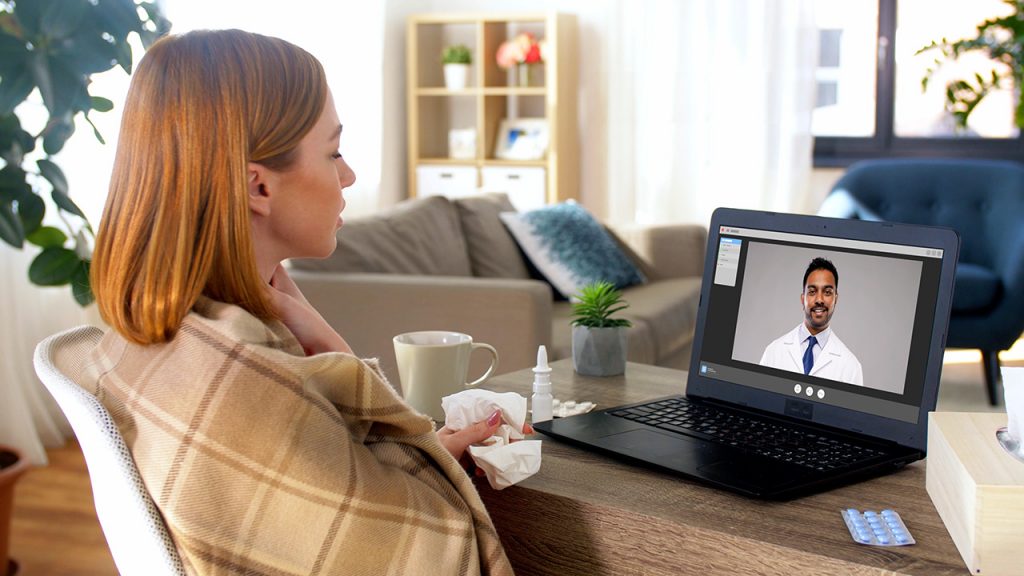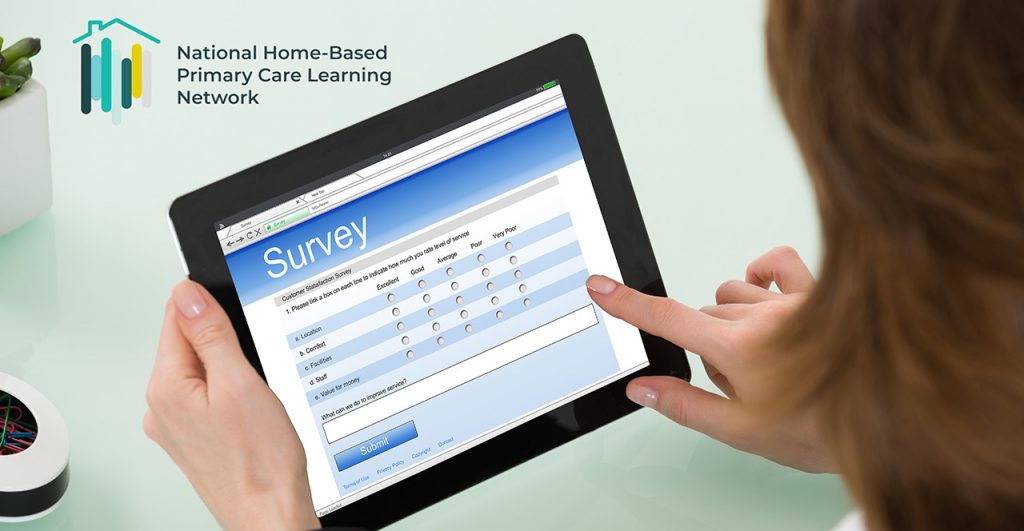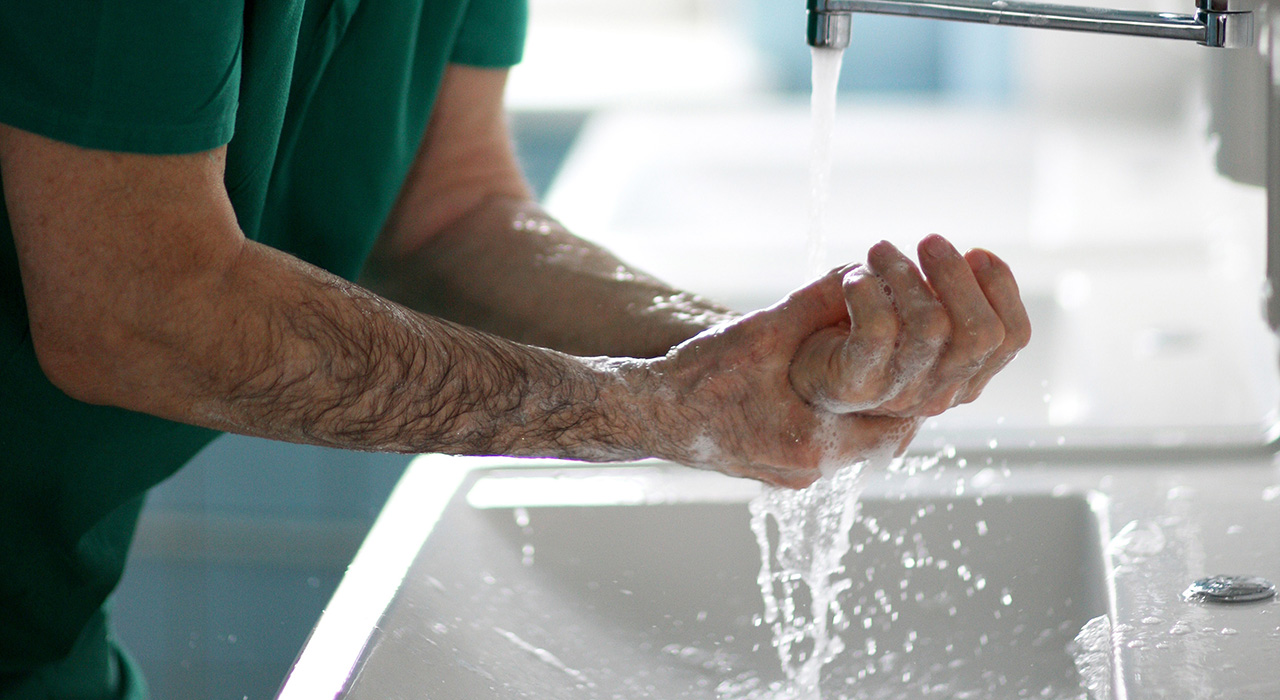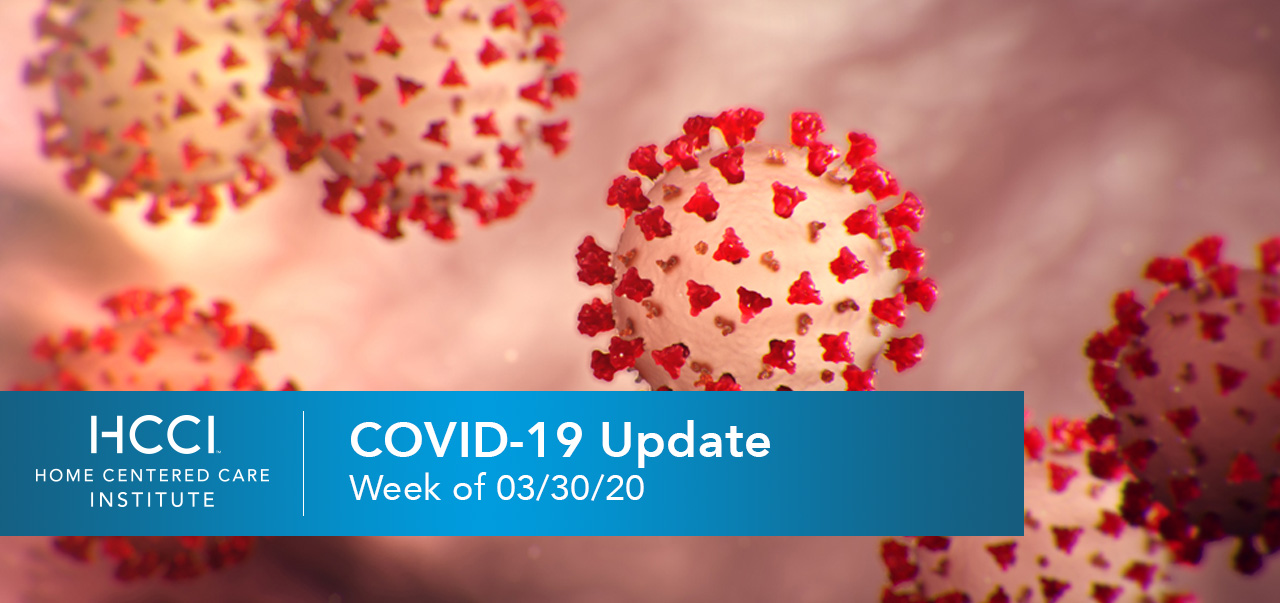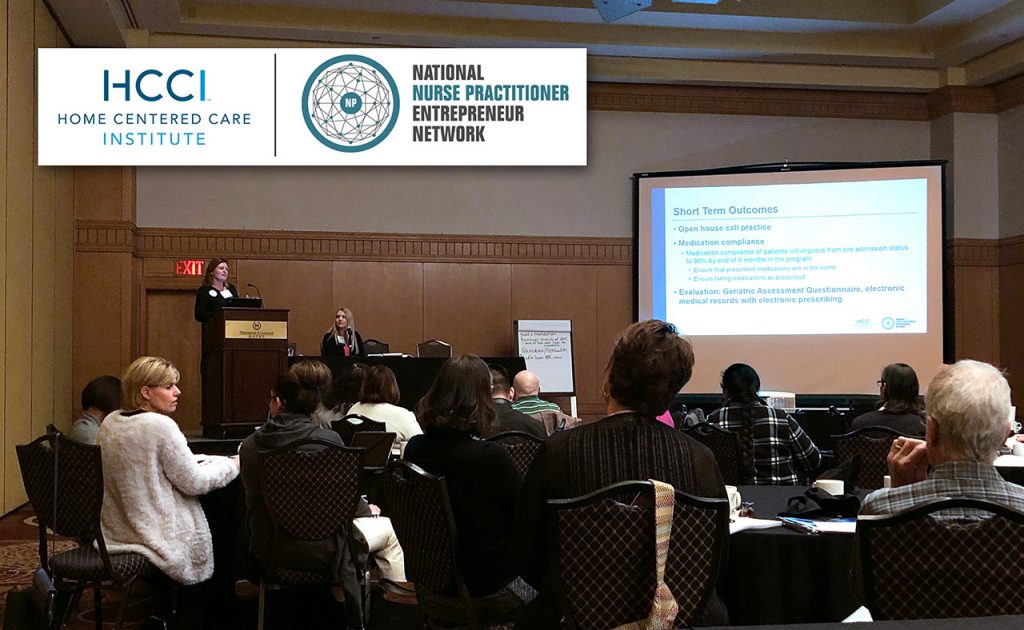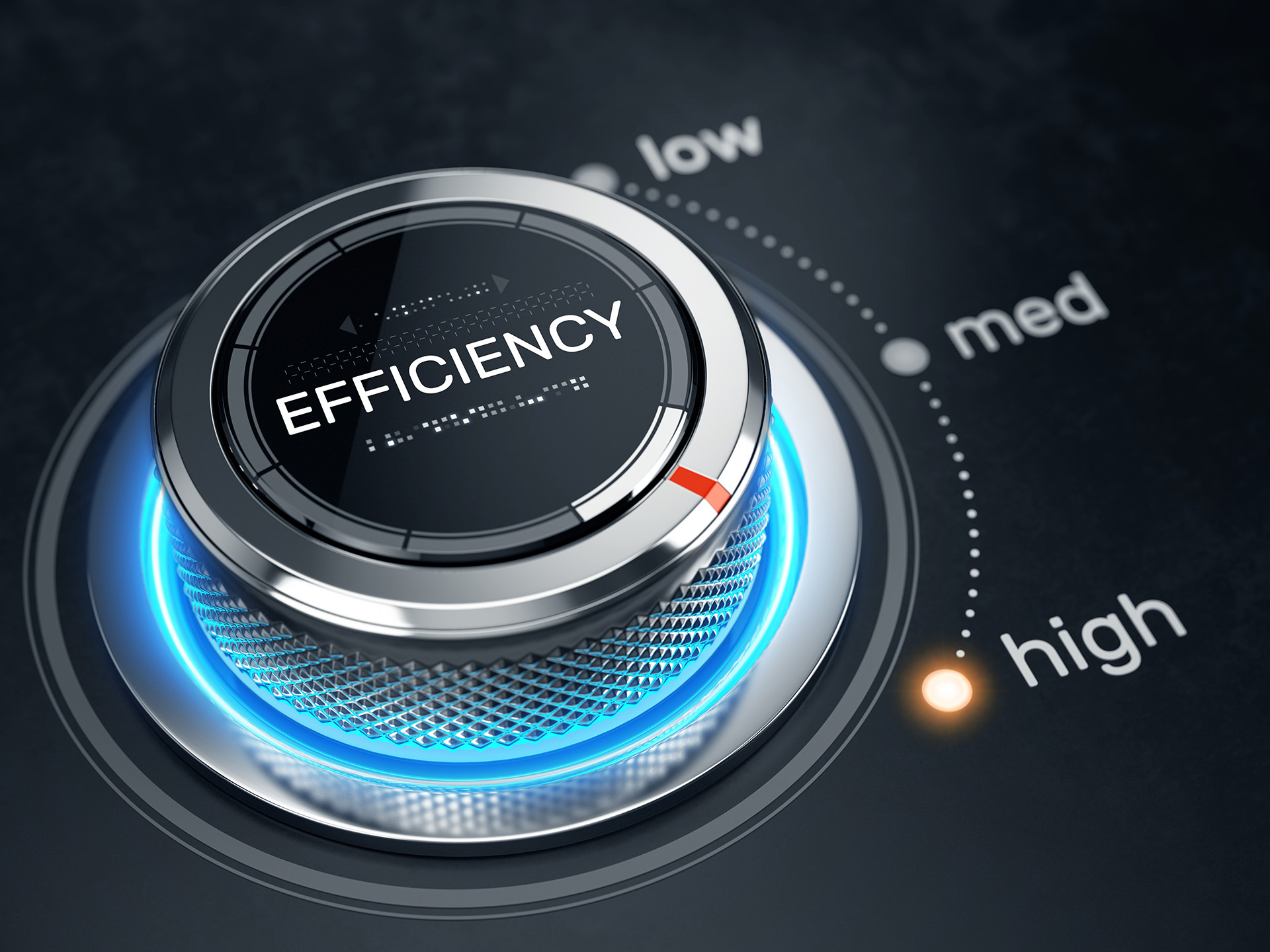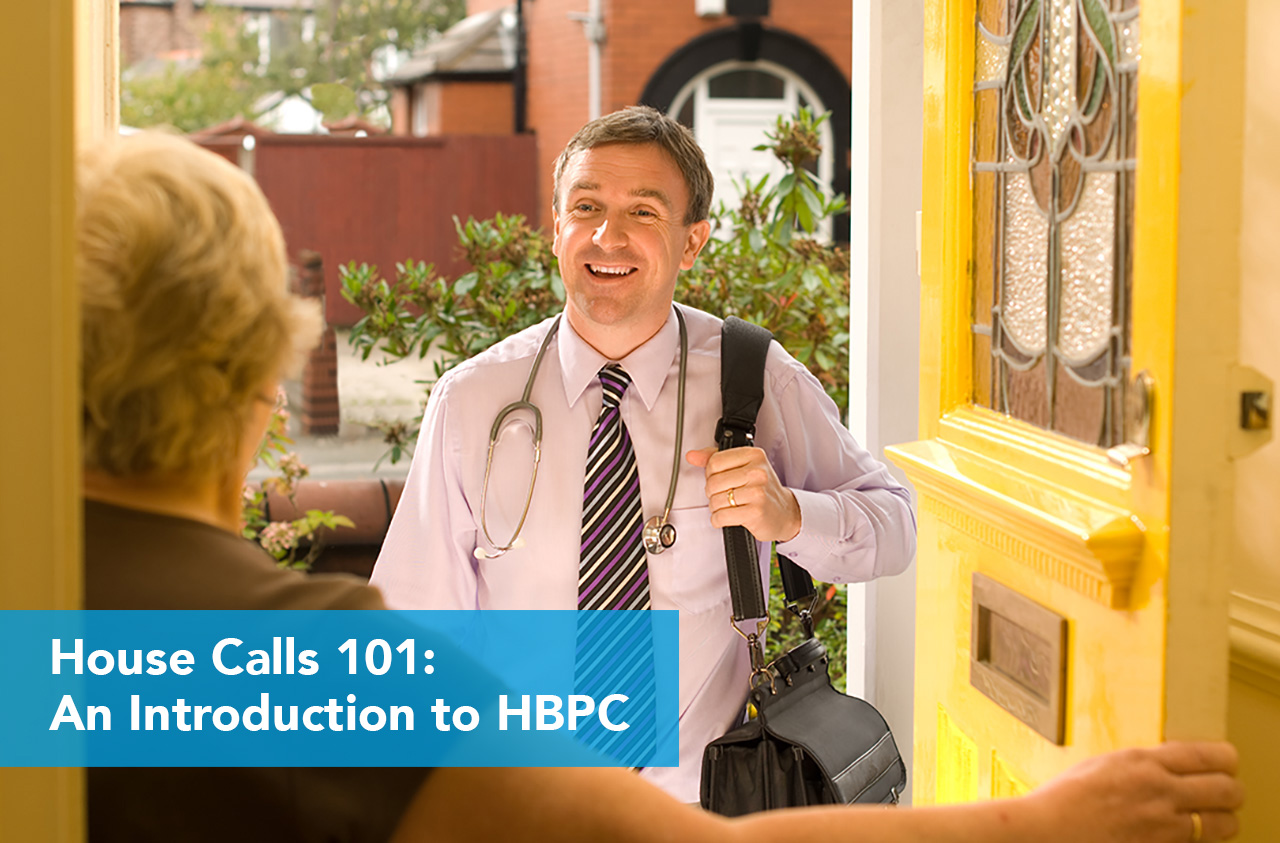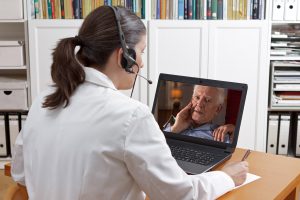 The Home Centered Care Institute (HCCI) understands that many Home-Based Practices and Providers are increasing the use of virtual and telephonic care as an alternative to face-to-face care, as appropriate, due to the current COVID-19 pandemic.
The Home Centered Care Institute (HCCI) understands that many Home-Based Practices and Providers are increasing the use of virtual and telephonic care as an alternative to face-to-face care, as appropriate, due to the current COVID-19 pandemic.
Though a telehealth waiver is mentioned under recent legislation (H.R.6074 – Coronavirus Preparedness and Response Supplemental Appropriations Act, 2020), CMS initially responded to the bill advising providers to use Communication-Technology Based Services (CTBS) and interprofessional consults.
In the CMS FAQ published on 3/5/2020, Medicare directs providers to use the current CTBS services as a means of telehealth for traditional Medicare purposes. There are, however, exceptions for Medicare Advantage (MA) patients whose MA Plan offers telemedicine as one of their supplemental benefits.
On 3/17/2020, a new Medicare Fact Sheet and FAQ’s (links below) were then published, indicating authority for the expansion of telehealth under the 1135 waiver to pay for Evaluation & Management (E/M) Office visits, Hospital visits, and other specified visits in the patient’s place of residence valid 3/6/2020.
Before billing for E/M Home Visits (CPT Code Range 99347-99350) or Domiciliary Visits, e.g., assisted living and group homes (CPT Code Range 99334-99337), however, please be advised these services are not included on the list of Medicare Telehealth Services. So, in summary, E/M Office visits (CPT Code Ranges 99201-99205 and 99211-99215) can be paid under telehealth, but E/M Home and E/M Domiciliary visits cannot at this time.
Below are the limited services included on Medicare’s list of telehealth services, which Home-Based Providers typically provide and can potentially bill for − if furnished via telehealth using Place of Service (POS) code 02 for telehealth:
- CPT codes 99495 and 99496 for Transitional Care Management
- CPT codes 99497 and 99498 for Advance Care Planning
- Annual Wellness Visits CPT codes G0438 and G0439
- CPT code 96161 − Administration of caregiver-focused health risk assessment instrument (e.g., depression inventory) for the benefit of the patient, with scoring, and documentation, per standardized instrument.
CTBS Services and E-Visits (CPT Code Range 99421-99423) can be provided and billed for now and prior to the telehealth waiver without Medicare telehealth restrictions. We’ve detailed the requirements to bill for these services below (currently, and per the 2019 Medicare Physician Fee Schedule Final Rule, there is no frequency limitation for G2012 and G2010):
G2012: Brief Communication Technology-Based Virtual Check-in
- Includes a minimum of a 5-10-minute medical discussion by a physician or other qualified healthcare professional (e.g., Advanced Practice Providers) with the patient/caregiver; this cannot include clinical staff time
- Communication may be audio-only (e.g., telephone) or two-way video
- Can only be used for established patients
- Intended to assess the patient’s condition to determine if a face-to-face (F2F) visit is needed
- Cannot be related to an E/M F2F visit within the previous 7 days and cannot result in an E/M visit within the next 24 hours or the next available appointment
- Requires a patient-initiated question or call
- Verbal patient consent is required, however, please note that, as a result of the Medicare 2020 Physician Fee Schedule Final Rule, only a once-per-year annual consent is required for CTBS services as long as the patient is made aware of possible cost-sharing
- CMS National Payment Amount: $14.80
G2010: Remote Evaluation of Recorded Video and/or images
- Pre-recorded image and/or video of sufficient quality provided by the patient or caregiver
- Requires documentation of consent at least once per year (may be verbal, written, or electronic)
- Requires interpretation and follow-up to the patient and/or caregiver within 24 business hours (follow-up may be via a patient portal communication, telephone, secure text/email or two-way video)
- Can only be used for established patients
- CMS National Payment Amount: $12.27
Please note: In the CMS FAQ published on 3/17/20, CMS clarifies that, while these interactions must be patient-initiated, CMS does condone providers making their patients aware of these services and billing for them, as appropriate. Please keep in mind medical necessity is always a requirement of payment, and documentation needs to support the necessity and decision-making of the care provided.
- Supporting excerpt from CMS FAQ: “We expect that these virtual services will be initiated by the patient, however, practitioners may need to educate beneficiaries on the availability of the service prior to patient initiation.”
CMS has explicitly stated that they do not consider Remote Patient Monitoring (RPM) Services and CTBS to be part of their definition of telehealth services. Therefore, you can bill for the above and below additional services without the regulatory restrictions of Medicare telehealth requirements (e.g., originating and distant site, geographic restrictions do not apply).
- 99451, 99452, 99446-99449 (Interprofessional Telephone/Internet/Electronic Health Record Consultation Services)
- 99453, 99454, 99457, 99458 (Remote Physiologic Monitoring)
- 99091 (Review and analysis of physiologic data)
- 99421, 99422, 99423 (Online Digital E/M by a qualified provider); Please note this service is bundled with Chronic Care Management (CCM); Refer to our 2/19/20 HCCIntelligence™ Webinar “What You Should Know About 2020 Coding Updates!” for further details regarding online E/M services
- G2061, G2062, G2063 (Online Digital E/M by a nonphysician healthcare professional); Please note this service is bundled with CCM
Other Key Considerations:
- CMS will not enforce an existing provider-patient relationship to furnish telehealth services. The Department of Health & Human Services (HHS) advised: “HHS will not conduct audits to ensure an existing provider relationship during this public health emergency.”
- Effective immediately, the HHS Office for Civil Rights (OCR) will exercise enforcement discretion and waive penalties for HIPAA violations against health care providers who serve patients in good faith through everyday communications technologies, such as FaceTime or Skype, during the COVID-19 nationwide public health emergency. For more information: https://edit.cms.gov/files/document/medicare-telehealth-frequently-asked-questions-faqs-31720.pdf
- HCCI encourages all Home-Based Providers and Practices to contact their local Medicare Administrator Contractor (MAC) to inquire if they will pay for E/M Home Visits furnished via telehealth under the current telehealth waiver.
For additional information on COVID-19 regulations and legislation, please visit the CMS current emergencies page or contact a member of the HCCIntelligence™ Hotline staff at 630-283-9222 or email [email protected]..
You can also visit the HCCI COVID-19 Information Hub for additional information and resources.
Disclaimer: This information is current as of 3/17/2020. Coding regulations are subject to change annually, and COVID-19 guidelines are changing daily. Please note for the purposes of the Home-Based Primary Care (HBPC) population; the Home Centered Care Institute focuses our content on CMS guidelines. All G codes are used for Medicare purposes, and commercial payors utilize a corresponding set of CPT codes.
